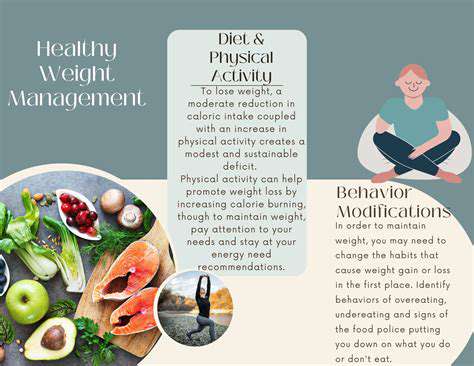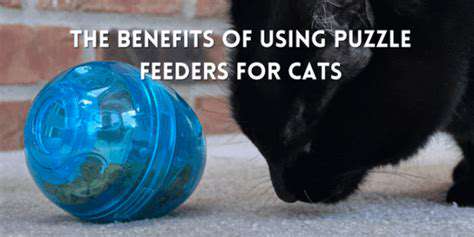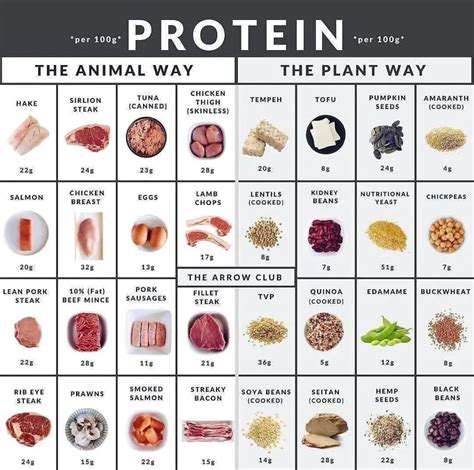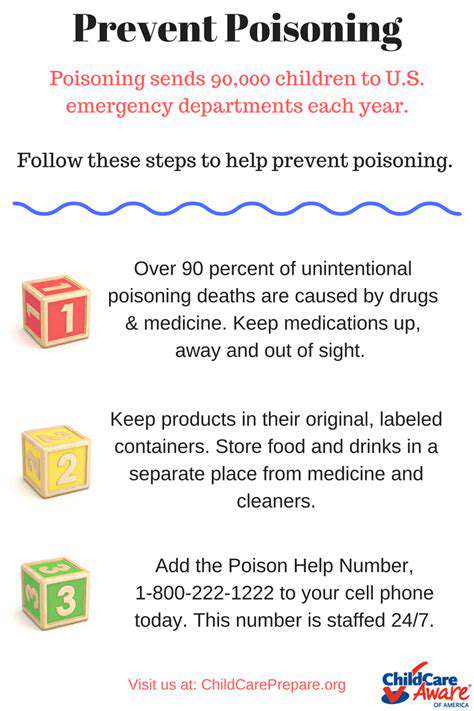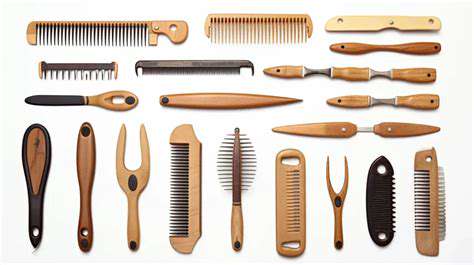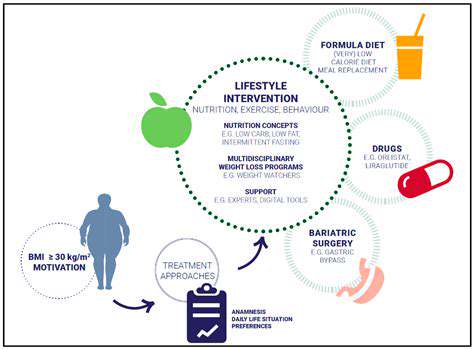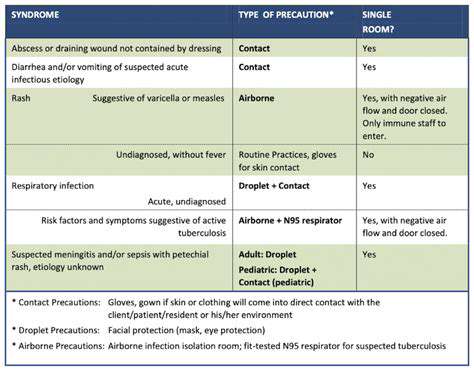Dog Food Storage Containers: Keeping Food Fresh
Proper Dog Food Handling and Rotation Practices
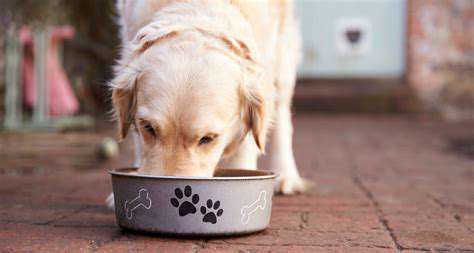
Proper Storage for Optimal Freshness
Properly storing your dog's food is crucial for maintaining its freshness and preventing spoilage. Storing dog food in airtight containers, ideally ones with a tight-fitting lid, will significantly reduce exposure to moisture, pests, and odors that can compromise its nutritional value and safety. Choosing containers made of materials that resist moisture absorption is also key to preserving the food's nutritional profile and preventing the growth of bacteria.
Select a cool, dry place to store your dog food. Avoid storing it in areas with fluctuating temperatures or direct sunlight, as these conditions can negatively impact the food's quality and potentially render it less palatable or even unsafe for your pet.
Rotation Strategies for Maximum Nutrient Retention
Rotating your dog's food types and brands can be a great way to ensure they get a varied diet. This practice can help maximize nutrient retention and prevent your dog from becoming bored or picky about their food. Rotating food sources can also help in identifying any potential sensitivities or allergies that your dog might have.
A simple rotation strategy involves alternating between different types of dog food, such as dry kibble, wet food, and even occasional treats. Maintain a consistent schedule for feeding to avoid disrupting your dog's digestive system.
Identifying Expiration Dates and Best-Before Dates
Understanding the expiration and best-before dates printed on dog food packaging is essential. These dates are crucial for ensuring the food's quality and safety for consumption. Always check the packaging carefully for these dates to prevent feeding your dog potentially compromised or rancid food.
Pay close attention to the date printed on the packaging, and use your best judgment in assessing the food's overall condition. If the food has an unusual odor, color, or texture, it's best to avoid feeding it to your dog.
Avoiding Cross-Contamination and Spoilage
Preventing cross-contamination is vital when handling dog food to maintain its safety and quality. Use separate utensils, bowls, and storage containers for different types of dog food. Maintain a clean and hygienic environment to reduce the risk of bacterial contamination.
Regularly clean and sanitize food storage containers and bowls to prevent the buildup of bacteria and other harmful microorganisms. Proper cleaning and sanitation are essential to prevent spoilage and ensure the food remains safe for your pet to consume.
Understanding the Importance of Food Safety
Dog food safety is paramount to your dog's health and well-being. Fresh, high-quality dog food is crucial for maintaining a healthy immune system and supporting optimal digestion. Proper handling and storage are essential to prevent contamination, spoilage, and bacterial growth, which can lead to digestive issues and other health problems.
Recognizing Signs of Spoilage in Dog Food
It's crucial to know how to identify signs of spoilage in your dog's food. Look for unusual odors, changes in color or texture, and the presence of mold or other visible contaminants. If you notice any of these signs, immediately discard the food to prevent potential health risks for your dog.
A rancid smell or a slimy texture are also warning signs that the food has gone bad. Always err on the side of caution when assessing the condition of your dog's food. Freshness is key to your dog's health.
Maintaining a Consistent Feeding Schedule
A consistent feeding schedule is vital for maintaining your dog's digestive health. A regular feeding pattern helps regulate their digestive system and prevents potential digestive upsets. It is also important to monitor your dog's weight and adjust the feeding amounts as needed. Consistency is key to their overall well-being.
Adjusting feeding amounts is essential to prevent your dog from becoming overweight or underweight. Using a measuring cup or scale can help to ensure accurate portion sizes.
Read more about Dog Food Storage Containers: Keeping Food Fresh
Hot Recommendations
- Best Pet Bowls: Stainless Steel and Ceramic
- Pet Hydration: Why It's Crucial
- Stop Counter Surfing: Training Your Dog to Stay Off
- Pet Hypothyroidism: Symptoms and Management
- Signs of Pet Liver Disease: What to Watch For
- Pet Emergency Kits: What to Pack
- Dangers of Xylitol: Toxic to Dogs
- Dealing with Pet Diarrhea: When to See a Vet
- Preparing Pets for Travel: Tips for a Smooth Trip
- Pet Depression: Recognizing the Signs
